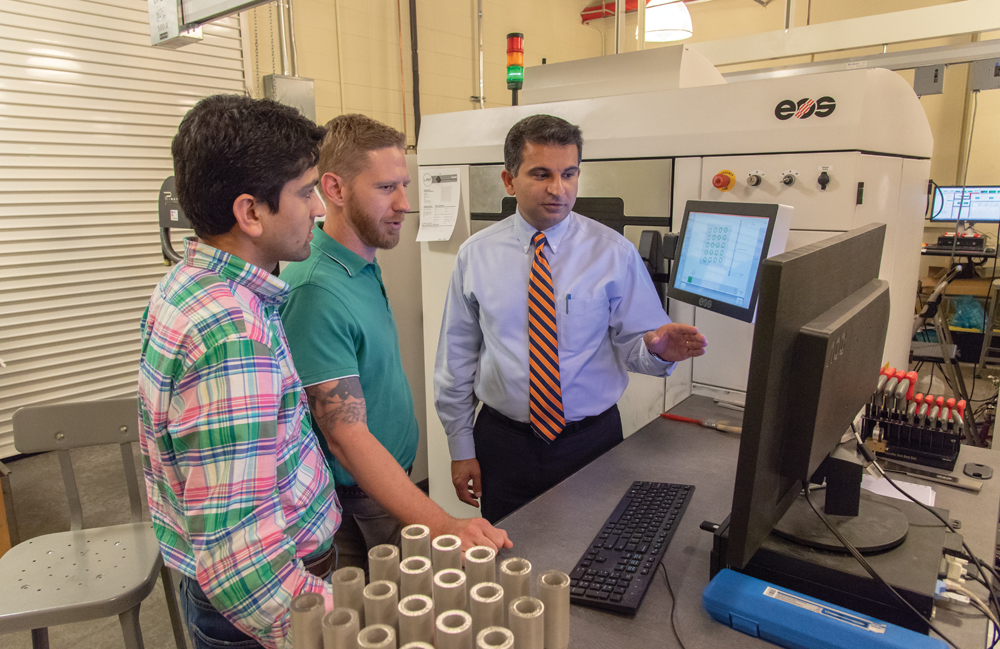Asif Mohammad Sovon
Asif Mohammad Sovon
Meet Asif Mohammad Sovon, an IT Assistant in the Bangladesh Air Force and a tech writer for Fileion....
Joined February 2025
3 min read
Mar 27, 2025
Next-Gen Rocket Tech? Blue Origin & Auburn’s 3D Copper Printing Breakthrough

Blue Origin’s Donation to Support Copper Research
The Challenges of 3D Printing Copper
According to NCAME Director Nima Shamsaei, “Copper’s properties present major challenges for traditional laser-based 3D printing systems to effectively melt and fuse the powder.”
Paving the Way for Aerospace Innovation
 This partnership also strengthens Auburn University’s long-standing involvement in aerospace and additive manufacturing research. Auburn has collaborated with NASA for over a decade. They keep contributing to advancements in materials science and manufacturing processes. The NCAME research team now works alongside Blue Origin to accelerate the development of copper alloys.
This partnership also strengthens Auburn University’s long-standing involvement in aerospace and additive manufacturing research. Auburn has collaborated with NASA for over a decade. They keep contributing to advancements in materials science and manufacturing processes. The NCAME research team now works alongside Blue Origin to accelerate the development of copper alloys.Recent Blue Origin Milestones
The Future of Copper 3D Printing
Comments 0
More post from Asif Mohammad Sovon
Asif Mohammad Sovon
Asif Mohammad Sovon
Meet Asif Mohammad Sovon, an IT Assistant in the Bangladesh Air Force and a tech writer for Fileion....
Joined February 2025
2 min read
Mar 27, 2025
Apple C1 Modem: Faster, More Efficient, and Ready for the Future
Apple's introduction of the C1 modem in the iPhone 16e signifies a strategic move toward reducing reliance on Qualcomm's modem technology. This in-house development aims to offer users improved perfor...
Asif Mohammad Sovon
Asif Mohammad Sovon
Meet Asif Mohammad Sovon, an IT Assistant in the Bangladesh Air Force and a tech writer for Fileion....
Joined February 2025
1 min read
Mar 24, 2025
Nvidia, xAI, and Microsoft Join $30 Billion AI Infrastructure Partnership
Elon Musk's artificial intelligence company, xAI, and leading chip manufacturer Nvidia have joined forces with BlackRock, Microsoft, and Abu Dhabi-based MGX in a huge $30 billion investment. This...














